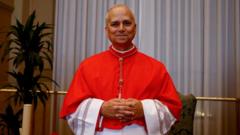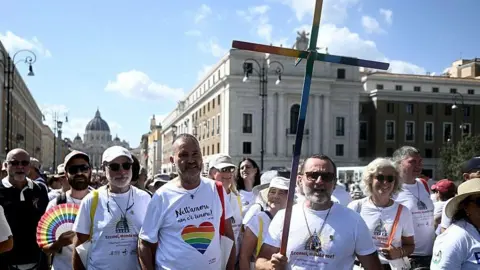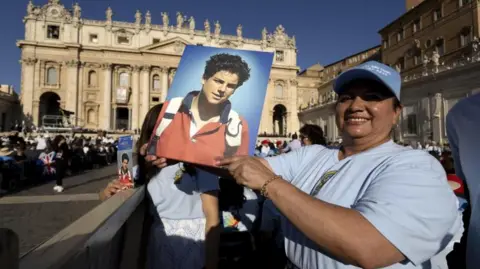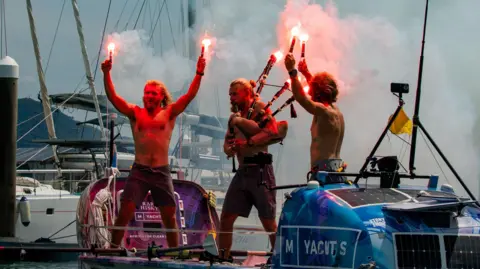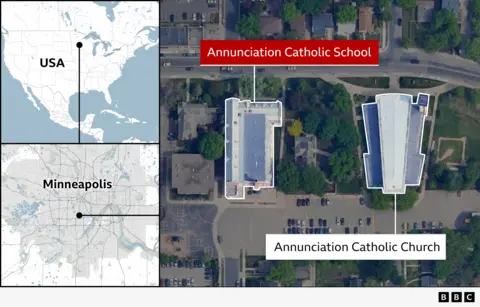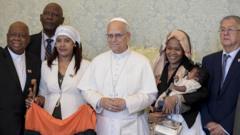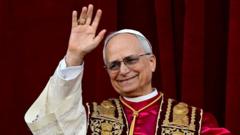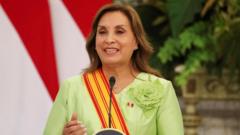In a stirring ceremony at St. Peter's Basilica, the crowd erupted with cheers of "Viva il Papa!" as Robert Prevost was introduced as the 267th pope of the Catholic Church, taking on the name Leo XIV. Aged 69, Prevost not only embodies a historical milestone as the first American pope but also carries significant influence from his extensive missionary work in Peru. This legacy connects him deeply to marginalized communities, establishing him as a bridge-builder within the Church, particularly amongst Latin American congregations.
Born in Chicago in 1955, Prevost’s journey to the papacy began with his ordination as a priest in 1982 and his pivotal move to Peru at the age of 30 with the Augustinian Order. His initial encounter with the Andean region’s spiritual needs has left a lasting impact, ultimately leading to his role as the Bishop of Chiclayo, appointed by Pope Francis. Addressing the masses from the Vatican, Leo XIV expressed admiration for his predecessor, emphasizing unity and divine guidance for the Church's future.
Prevost’s election is perceived as an affirmation of the reformative vision championed by Pope Francis, particularly as 80% of the cardinals in the conclave were appointed under his predecessor's leadership. His candidacy illustrates a desire for continuity amid complex social issues and sectarian divisions in modern Catholicism. Despite having faced challenges, including the shadow of sexual abuse scandals during his time in Peru, trusting voices in his diocese have defended his integrity.
According to Vatican spokesman Matteo Bruni, the conclave signified a need for a "prophetic spirit" in the papacy—one that reaches beyond insular confines to illuminate a world amid uncertainty. Prevost's trajectory suggests a promising path as he leads the Church into uncharted territories and fortifies connections with its diverse global community.
Born in Chicago in 1955, Prevost’s journey to the papacy began with his ordination as a priest in 1982 and his pivotal move to Peru at the age of 30 with the Augustinian Order. His initial encounter with the Andean region’s spiritual needs has left a lasting impact, ultimately leading to his role as the Bishop of Chiclayo, appointed by Pope Francis. Addressing the masses from the Vatican, Leo XIV expressed admiration for his predecessor, emphasizing unity and divine guidance for the Church's future.
Prevost’s election is perceived as an affirmation of the reformative vision championed by Pope Francis, particularly as 80% of the cardinals in the conclave were appointed under his predecessor's leadership. His candidacy illustrates a desire for continuity amid complex social issues and sectarian divisions in modern Catholicism. Despite having faced challenges, including the shadow of sexual abuse scandals during his time in Peru, trusting voices in his diocese have defended his integrity.
According to Vatican spokesman Matteo Bruni, the conclave signified a need for a "prophetic spirit" in the papacy—one that reaches beyond insular confines to illuminate a world amid uncertainty. Prevost's trajectory suggests a promising path as he leads the Church into uncharted territories and fortifies connections with its diverse global community.

